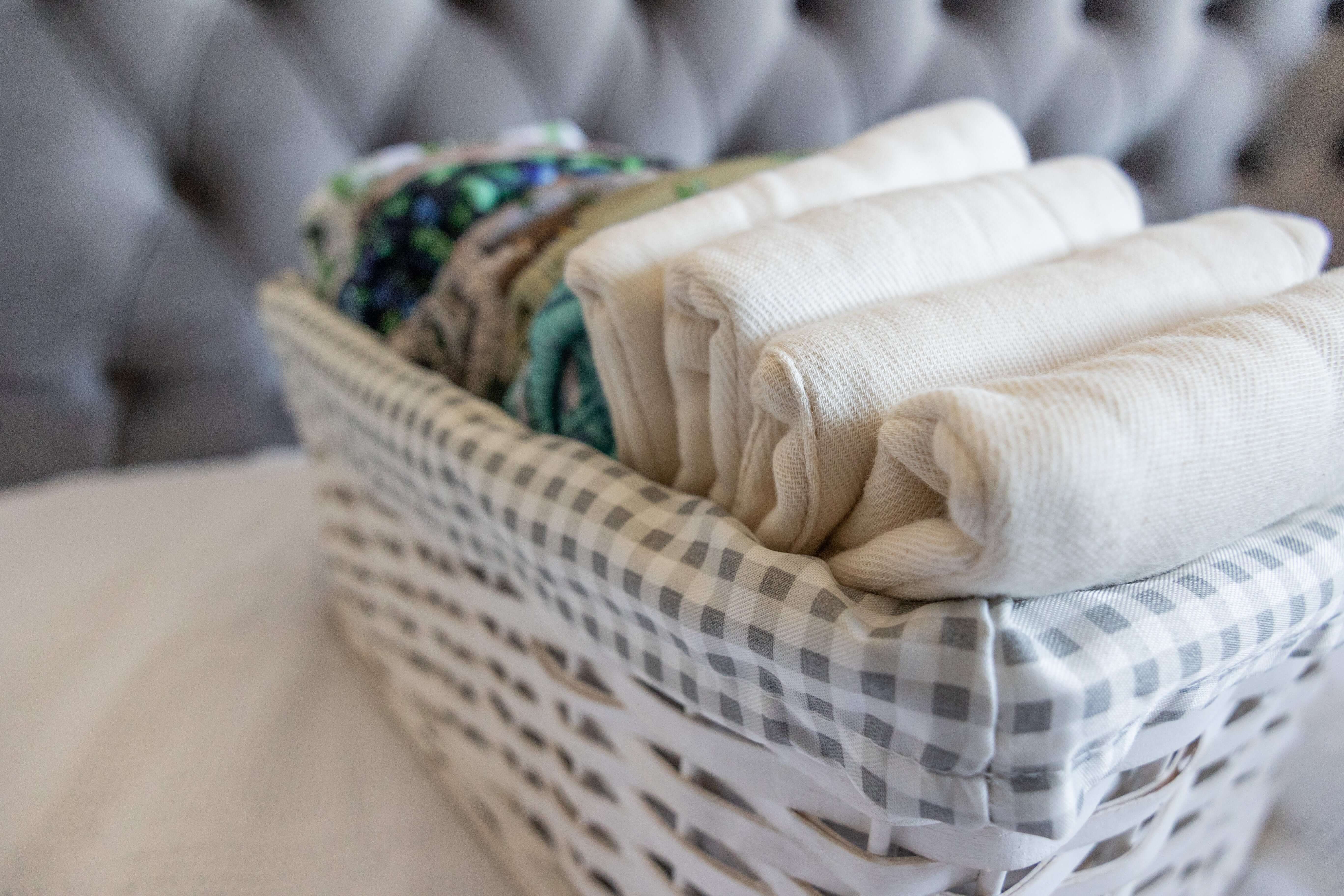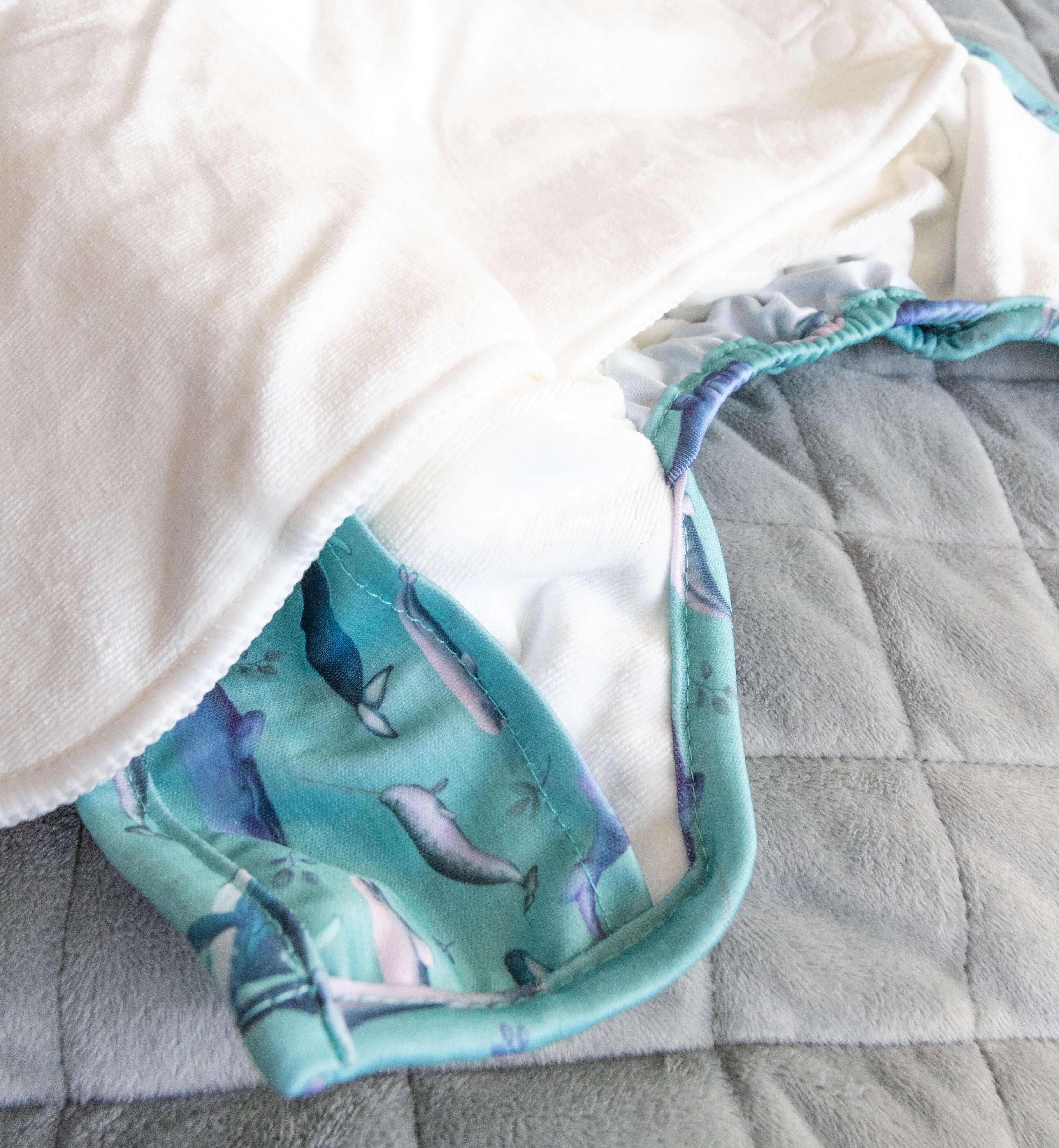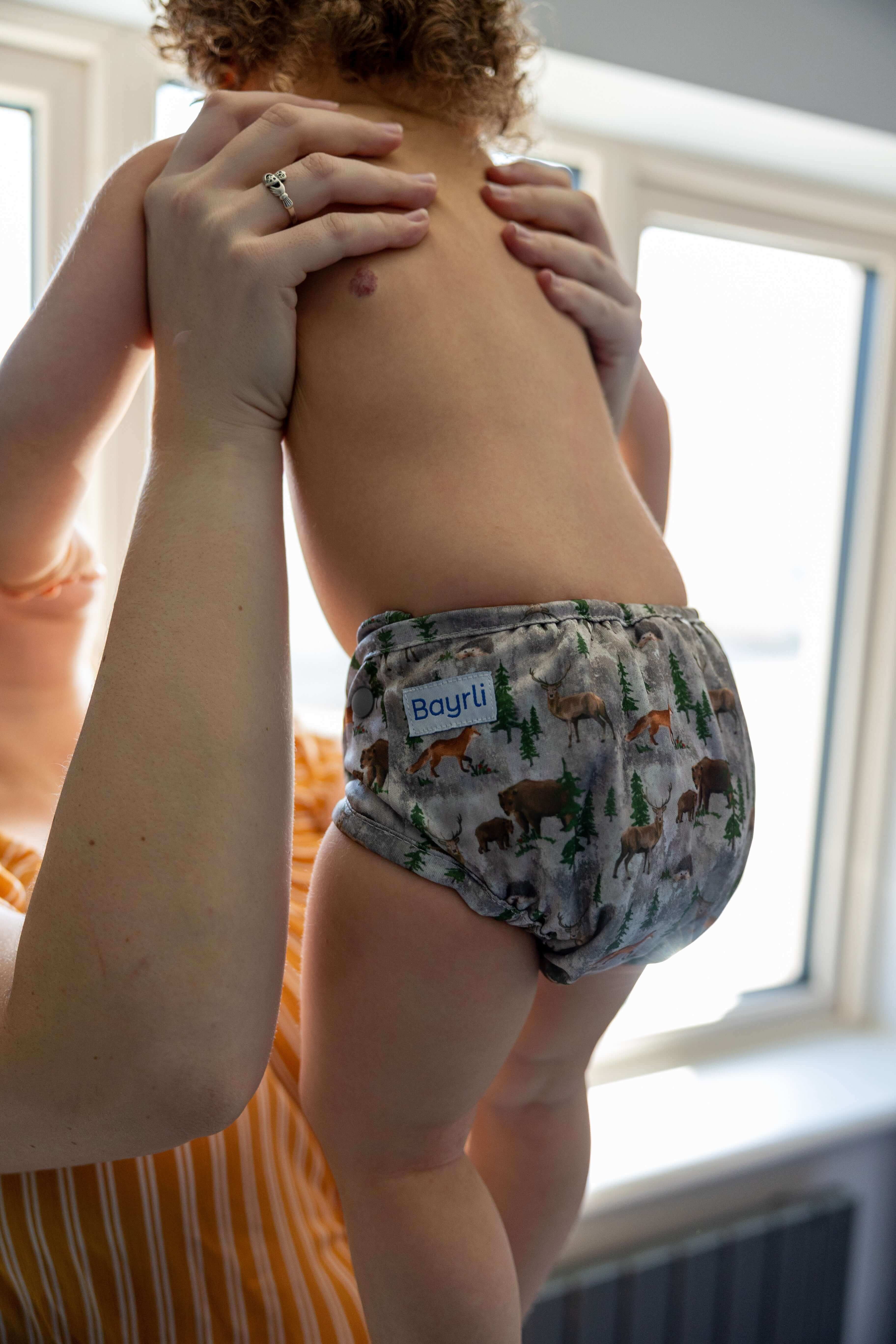
Cloth Diaper Safety
Salmonella, Norovirus, E.coli, and Listeria.
Even when a baby is healthy, these are some of the germs found in dirty diapers - both cloth diapers and disposable diapers. We have some key safety steps to avoid causing illness, and they’re really easy to follow.
Contaminated hands will spread many germs that cause unsuspecting people to get sick through foodborne illness. It’s important to follow some simple key safety steps when changing diapers, especially if you will be preparing food afterwards or interacting with others.
Fundamentals
When changing diapers, here are our key points to follow:
- Have a designated spot or two in your home where you change diapers. This keeps the germs confined to a contained area.
- Never change diapers near food preparation, cleaning, or dining areas.
- Have all the necessary supplies on hand before removing the soiled diaper. This includes wipes, a fresh diaper, your chosen inserts or absorbency, and any creams or diaper liners if you are using them.
- Lay the child on a washable or disposable changing pad. Don’t forget to wash changing pads frequently, even if they don’t look soiled. Aim to clean the mat with an antibacterial wipe at least once a day and wash the mat along with your diaper laundry at least once a week. If using a disposable pad we advise you place it in a compostable bag before disposing in the trash.
- If your child’s clothes are soiled, place them in a bag so they won’t contaminate anything else before they go into the washing machine if you don't wash straight away. If you wish, you can place these clothes directly in your cloth diaper wash bag, provided you plan on washing within 24 hours.
- Remove the soiled diaper, being careful not to contaminate any surfaces with feces or urine.
- Use wipes to clean the baby’s skin, not tissue, and make sure you are wiping from front to back. Use a fresh wipe each time. If using cloth wipes, ensure they have been washed and stored considerately.
- Put the dirty wipes and diaper (if it is disposable) into a compostable bag, then seal and throw out with the trash or place in a diaper bin. With cloth diapers, place diapers directly in your deluxe laundry bag after scraping off any poo (if baby is on solids or formula), and do not leave to sit for more than 4 days. If you’re washing the cloth diapers yourself, the American Academy of Pediatrics recommends pre-soaking them if you feel inclined. A daily prewash can also be done until wash day. Please ensure you wash with hot water.
- Do not place diapers on the floor, bed or any other surface. Put them directly into a plastic bag, bin or diaper pail.
- After thoroughly cleaning the buttocks and genitalia, slide a fresh diaper under the child and fasten. Always check the fit to ensure your child will be comfortable and leaks will be prevented. See our fit guide.
- Wash your hands with soap at least twenty seconds and dry.
An estimated 1 in 6 US citizens get sick through foodborne illnesses each year. Half of these illnesses are in teenagers and children under the age of 15. This type of illness can seriously affect babies and young children, as well as pregnant women, the elderly and those with chronic conditions.
So do what you can to protect your family. Take a few extra seconds each diaper change to do it correctly.


